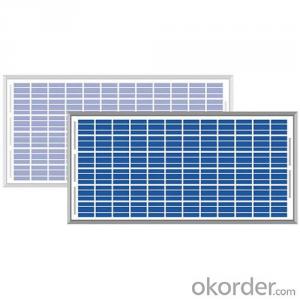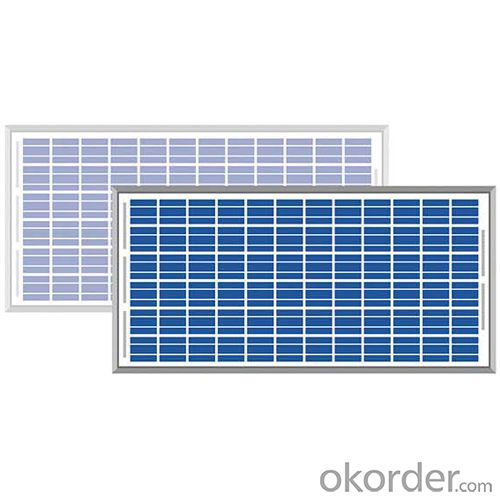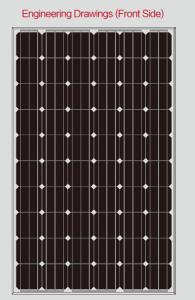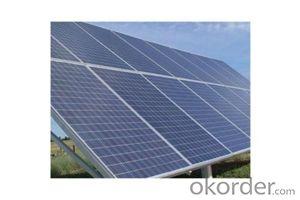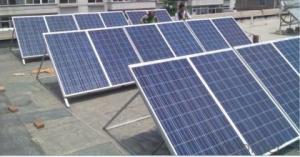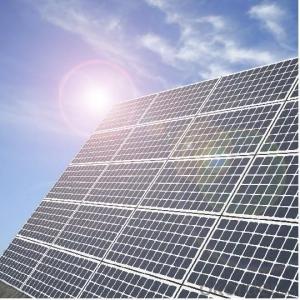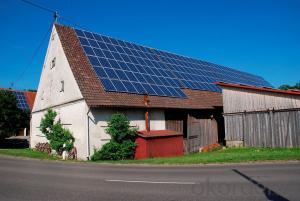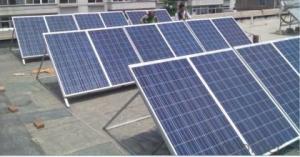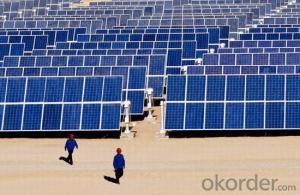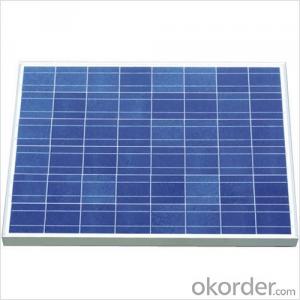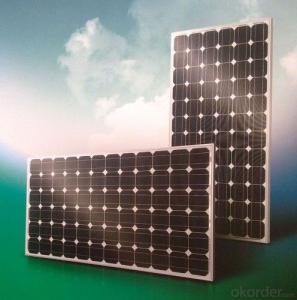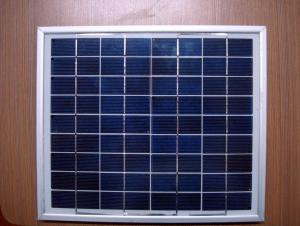Solar Panels 300w - Poly-Crystalline Solar Panel 310W
- Loading Port:
- China Main Port
- Payment Terms:
- TT OR LC
- Min Order Qty:
- -
- Supply Capability:
- -
OKorder Service Pledge
Quality Product, Order Online Tracking, Timely Delivery
OKorder Financial Service
Credit Rating, Credit Services, Credit Purchasing
You Might Also Like
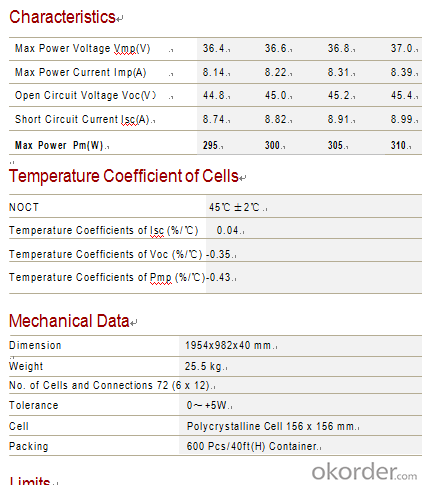
High efficiency silicon based solar cells and modules,which are individually characterized and electronically matched before interconnection and laminated with toughened glass,EVA and TPT of high quality. Through strict selection of raw materials, stringent quality control and rigorous test. Our pv mdoule have always committed to higher efficiency, more stable and better cost performance products. Our pv module is no less than 90% within 10yrs and no less than 80% within 25yrs
- Q: The Physics club in our school is trying to convince the Board of Ed to install solar panels in our school, and i was just wondering if anyone with some experience or real expertise in solar energy. I need some points about their usefulness some real pros and cons on maintenance, etc. Anything will help. Personally i would be perfectly for the idea, but i heard that the overall cost of installing them is much higher than the cost of the energy saved and government subsidies, but ive only heard about this.
- nan
- Q: Can solar panels be installed on farmlands or agricultural fields?
- Yes, solar panels can be installed on farmlands or agricultural fields. In fact, solar farms have become increasingly common in these areas due to their dual purpose of generating renewable energy while allowing for continued agricultural use of the land. This practice is known as agrivoltaics or solar farming, and it provides an opportunity for farmers to diversify their income by leasing or owning the land for solar power generation. Additionally, the shade provided by solar panels can benefit certain crops, leading to increased yields and reduced water usage.
- Q: I need to build a battery array to use with my solar panels I just bought. I want to be able to store enough energy to be draw from it at night, possibly around the clock. Is there a down side to using the deep cycle battery I bought from autozone and 6 or 7 more just like it, or do I need to get some other battery?
- There are batteries particularly made for solar, such as the Trojan T05-RE . I think the RE stands for renewable energy. A deep cycle battery should work all right, although not quite as well. What you want to do is try out your setup first, with just one battery, and the panels provided. If this is one of those 45 watt kits, you may be surprised at how little energy you actually get from the panels. Increasing the number of batteries won't help, either - that's like getting a larger water tank, when you only have a trickle to fill it. If your goal is really to save money, the most cost-effective solar is the grid-tied type, with no batteries at all. That's what we have, and I've never regretted it.
- Q: Can solar panels be used in areas with high pollution or smog?
- Yes, solar panels can be used in areas with high pollution or smog. While pollution or smog can reduce the efficiency of solar panels by blocking sunlight, they can still generate electricity even under such conditions. However, the overall energy output may be slightly lower compared to areas with less pollution or smog.
- Q: what kind of rays are used in solar panels?
- Electromagnetic...meaning light rays, primarily in the visible spectrum. Ultraviolet and infrared light rays actually degrade most types of solar panels, limiting their useful lifetime. That said, your question is not stated well...so I'm not sure if that's the information you were looking for. Rays are not used in solar panels...rather solar panels are used to collect sunlight and convert it to energy--either directly into heat in the case of passive solar, or into electricity by the use of photovoltaic cells.
- Q: Is there a material that is capable of absorbing enough UV radiation to make it worth using as a flexible solar cell?Not flexible as in aluminum, but a material such as plastic (polycarbonate).
- Of Coarse! In fact flexible solar panels have already been invented. Ever hear of a solar panel shirt? Instead of the standard crystalline silicon cell these new solar panels use a flexible polymorphous silicon cell to pull in power from the sun's rays. They can be placed on clothing, cell phones, and virtually anything else.
- Q: I'm wondering if the cost of the panels and equipment have come down enough to make them viable in areas like Seattle or Vancuver for example.
- The key is the average insolation value for the location. This is a number that represents the effective numbers of sunlight available per day. The insolation for Seattle varies from 2.9 and 3.57, depending on who is reporting the number. The insolation where I live, near San Francisco is 5. For me, solar is paying off.
- Q: Can solar panels be easily removed and relocated?
- Yes, solar panels can be easily removed and relocated. They are typically designed to be modular and can be uninstalled and reinstalled at a different location with relative ease.
- Q: Can solar panels be used to power a camping trip?
- Yes, solar panels can be used to power a camping trip. They can generate electricity from sunlight and be used to charge portable devices such as smartphones, laptops, and even small appliances like fans or lights. This allows campers to have access to renewable energy while enjoying the outdoors.
- Q: does anybudy know about solar panels? plz reply me
- How Solar Cells Work by Scott Aldous Inside This Article . Introduction to How Solar Cells Work 2. Photovoltaic Cells: Converting Photons to Electrons 3. How Silicon Makes a Solar Cell 4. Anatomy of a Solar Cell 5. Energy Loss in a Solar Cell 6. Solar-powering a House 7. Solving Solar-power Issues 8. Solar-power Pros and Cons 9. Lots More Information 0. See all Physical Science articles You've probably seen calculators that have solar cells -- calculators that never need batteries, and in some cases don't even have an off button. As long as you have enough light, they seem to work forever. You may have seen larger solar panels -- on emergency road signs or call boxes, on buoys, even in parking lots to power lights. Although these larger panels aren't as common as solar powered calculators, they're out there, and not that hard to spot if you know where to look. There are solar cell arrays on satellites, where they are used to power the electrical systems. You have probably also been hearing about the solar revolution for the last 20 years -- the idea that one day we will all use free electricity from the sun. This is a seductive promise: On a bright, sunny day, the sun shines approximately ,000 watts of energy per square meter of the planet's surface, and if we could collect all of that energy we could easily power our homes and offices for free.
Send your message to us
Solar Panels 300w - Poly-Crystalline Solar Panel 310W
- Loading Port:
- China Main Port
- Payment Terms:
- TT OR LC
- Min Order Qty:
- -
- Supply Capability:
- -
OKorder Service Pledge
Quality Product, Order Online Tracking, Timely Delivery
OKorder Financial Service
Credit Rating, Credit Services, Credit Purchasing
Similar products
Hot products
Hot Searches
Related keywords
